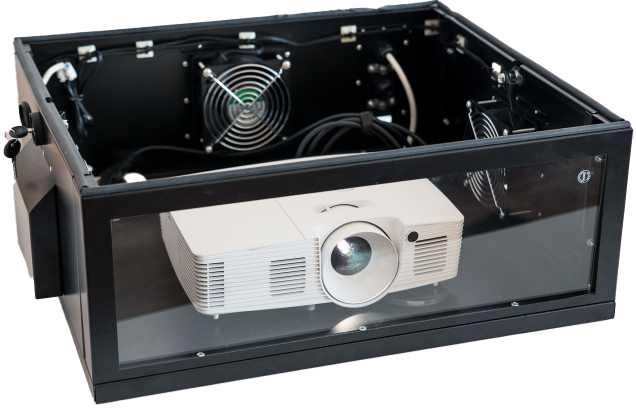"Standard" Versus "High Speed" HDMI Cables
 .
.
One of the nice things about standardization is that makes things simpler. Take HDMI cables, for example. Over the years, HDMI cables have become the standard connector for digital media streaming boxes, video game consoles, and even your outdoor cinema setup. It's nice to be able to go into an electronics store when you need an HDMI cable and know that acquiring one won't be a complicated process. Aside from the occasional slight size discrepancy between your cable's hood and your device's port, pretty much all HDMI cables are the same. If you pick one, it's bound to be as good as any of the others on the shelf.
Or at least that's the way it has been for a long time. However, recent developments in HDMI technology have allowed for an advancement in cable quality and the sophistication of signals which that cable can send. Ladies and gentlemen, say hello to the High Speed HDMI cable! Now, before you run out and buy ten of them for your entertainment center, let's make one thing clear: a high speed HDMI cable connected to your standard equipment from 2-5 years ago is unfortunately not going to make your Netflix buffer any faster. You'll have to address your Wifi connection to solve that problem. In reality, High Speed HDMI cables are designed for specific devices. This would include devices with some pretty advanced display technologies, such as 3D and Deep Color. While both of these technologies are available, they are also very expensive, as they are still so new. The main difference between the two is that a standard cable is capable of delivering picture at 720p or 1080i quality. A standard cable will perform at a speed of 2.25 Gbps. Meanwhile, a high speed cable can move data at a speed of 10.2 Gbps - quite a leap. Right now the high speed cable can deliver higher bandwidth than any other HDMI product. For most of you, the standard HDMI cable is going to be the best connection for your equipment. Don't be swept away by the idea that a high-speed cable is going to do anything for your standard system. While the connection will be just fine on your older equipment, it won't go any faster, nor will the picture be any better than it was. For now, save yourself the money you would spend on the high speed cable and maybe put it towards a fund for a technology that can actually benefit from it.




